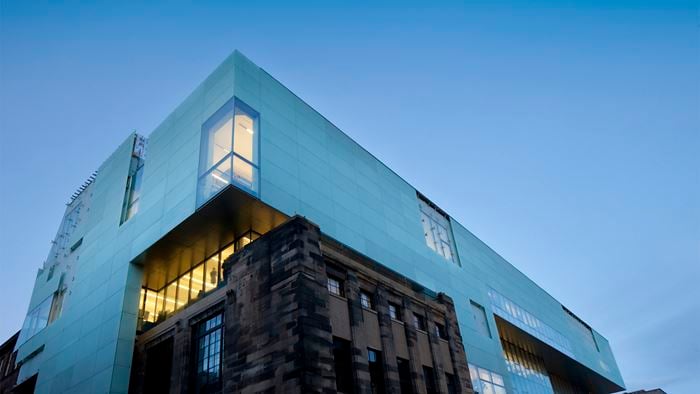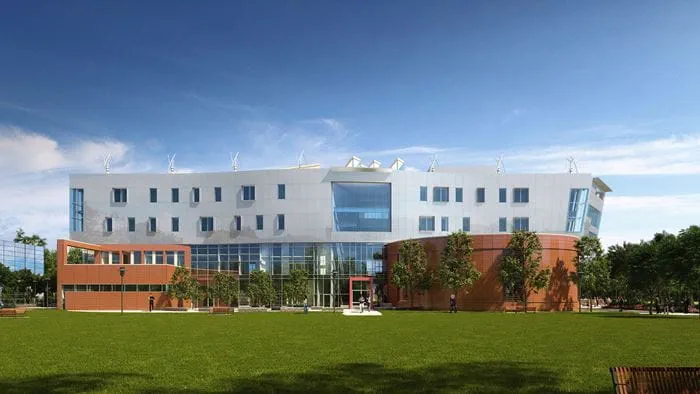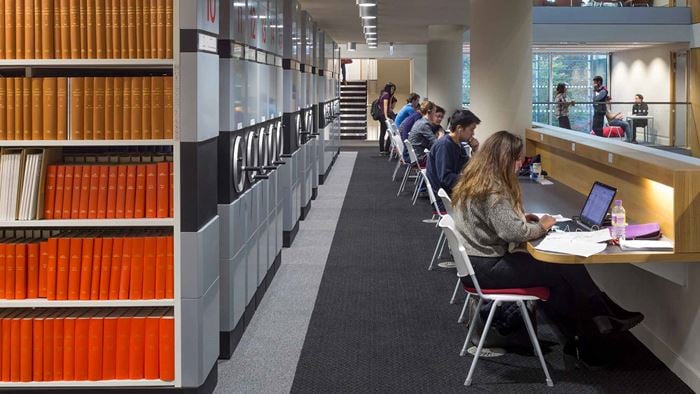Designed by Arup, the National Sustainable Building Energy Test Bed (NSBET) is the first microgrid research test bed in Ireland. It supports academic and industry research into smart grid technologies, demand-side management, microgrids and power electronics.
Working for the Cork Institute of Technology (CIT) and United Technologies Research Centre Ireland (UTRC-I), we designed a microgrid supplied by a combined heat and power (CHP) plant, lithium ion batteries and a wind turbine.
Designed as a trialling platform for academics, students and industry; NSBET provides a real-world environment in which to test the management of an autonomous local energy grid in a controlled manner. Work on microgrids could eventually pave the way towards more sustainable, smart urban energy environments.
NSBET offers the possibility of running specific research and development work on the key challenges for microgrids, including demand side management as well as power supply and intermittency.
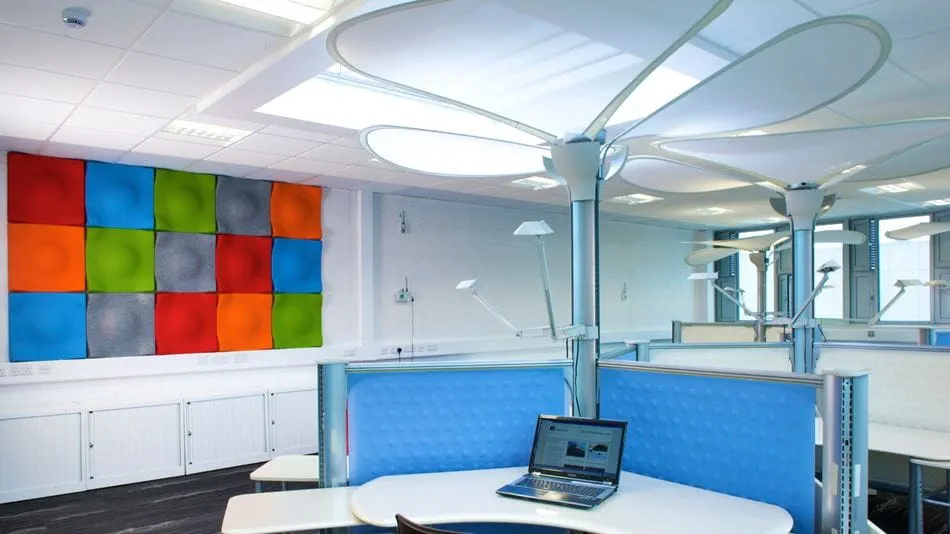
Flexible microgrid architecture
Flexible architecture ensures the microgrid can be expanded and reconfigured in the future. The control strategy also allows the different generating units to be integrated into the microgrid in a coordinated way and for the microgrid to operate in both grid-connected and islanded mode.
We enabled NSBET to test smart systems for managing energy demand by completely re-designing the existing building management system (BMS). The new BMS can draw on real-time data from the building along with real-time weather data gathered from a dedicated weather station.
The data is fed into the model, which then optimises building energy demand by controlling an array of variable elements.
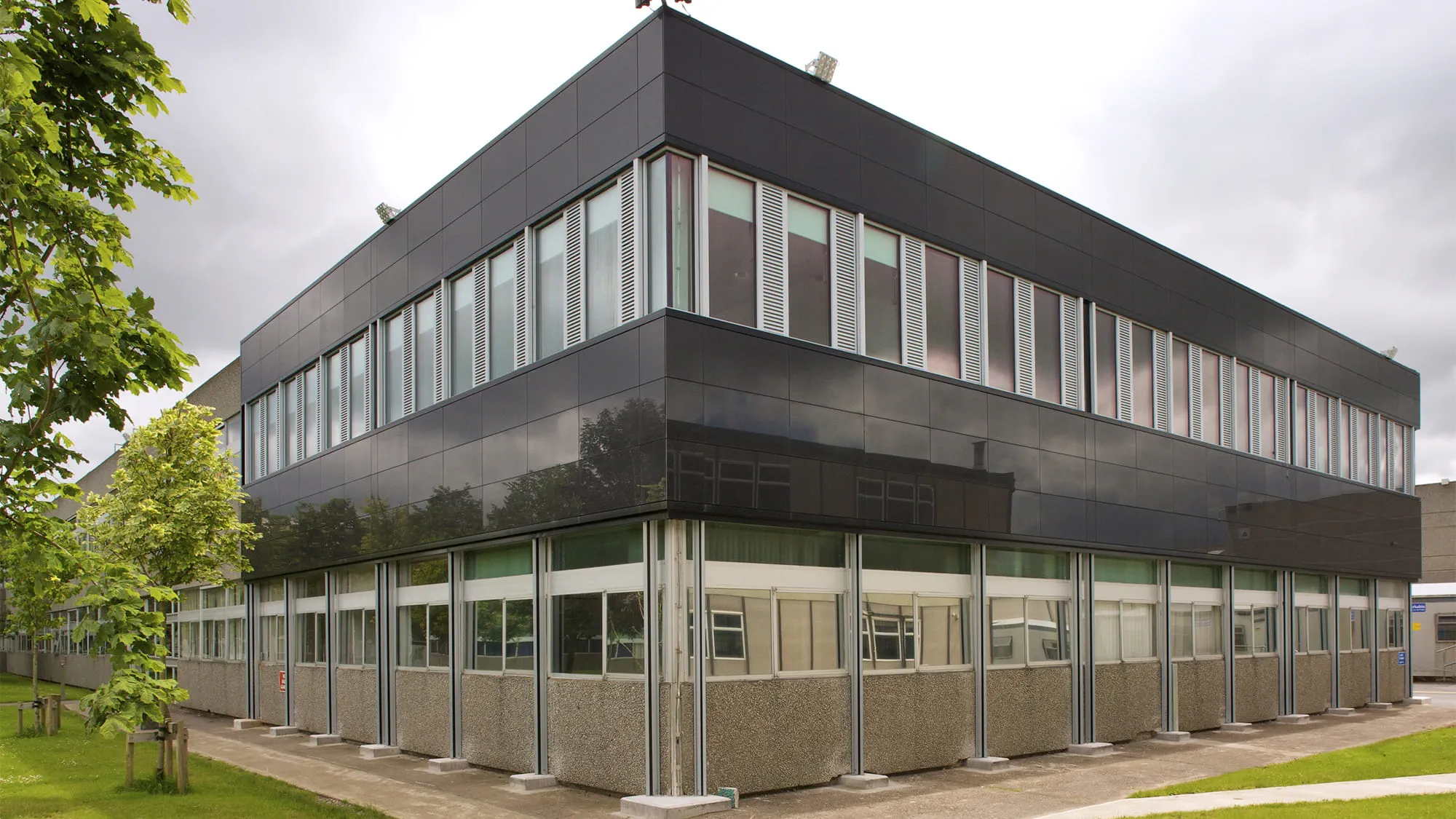 ;
;

